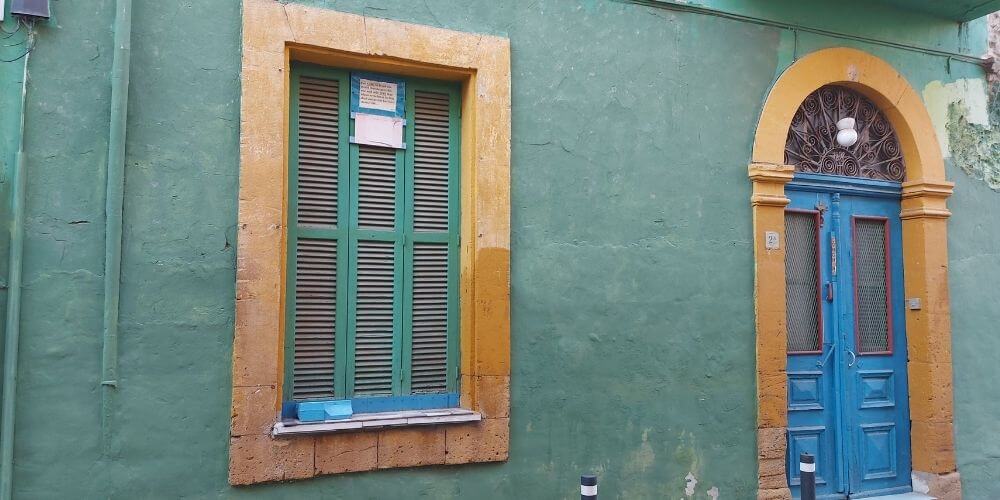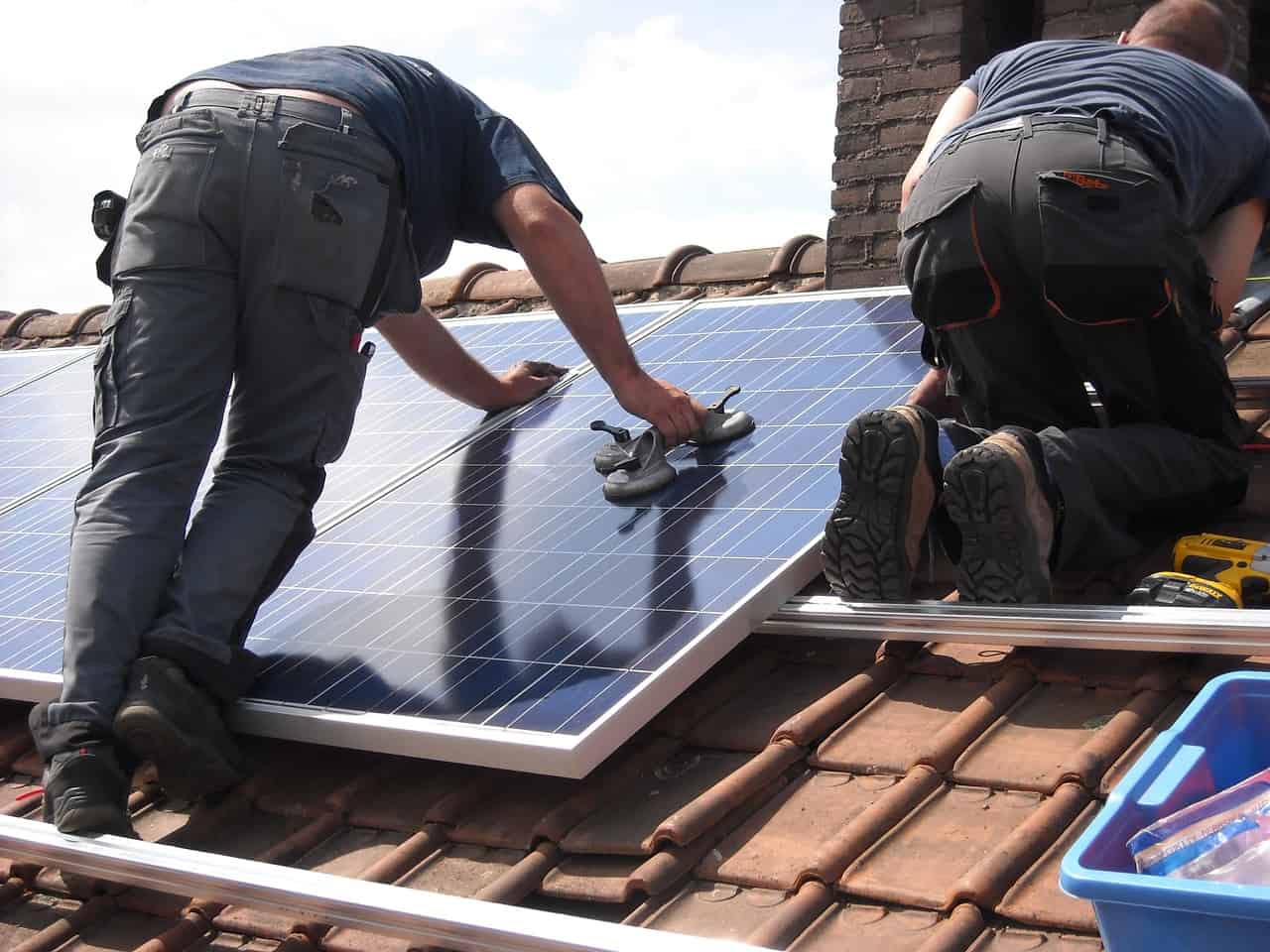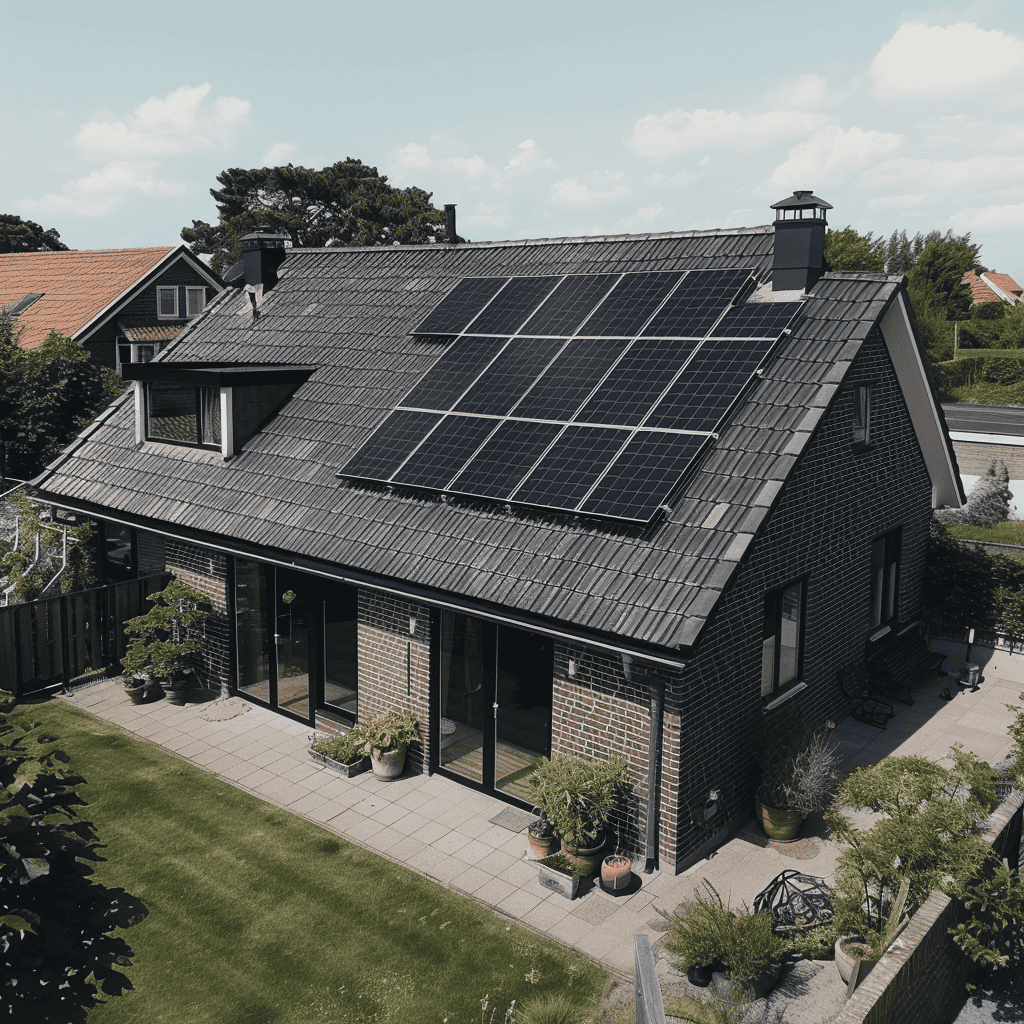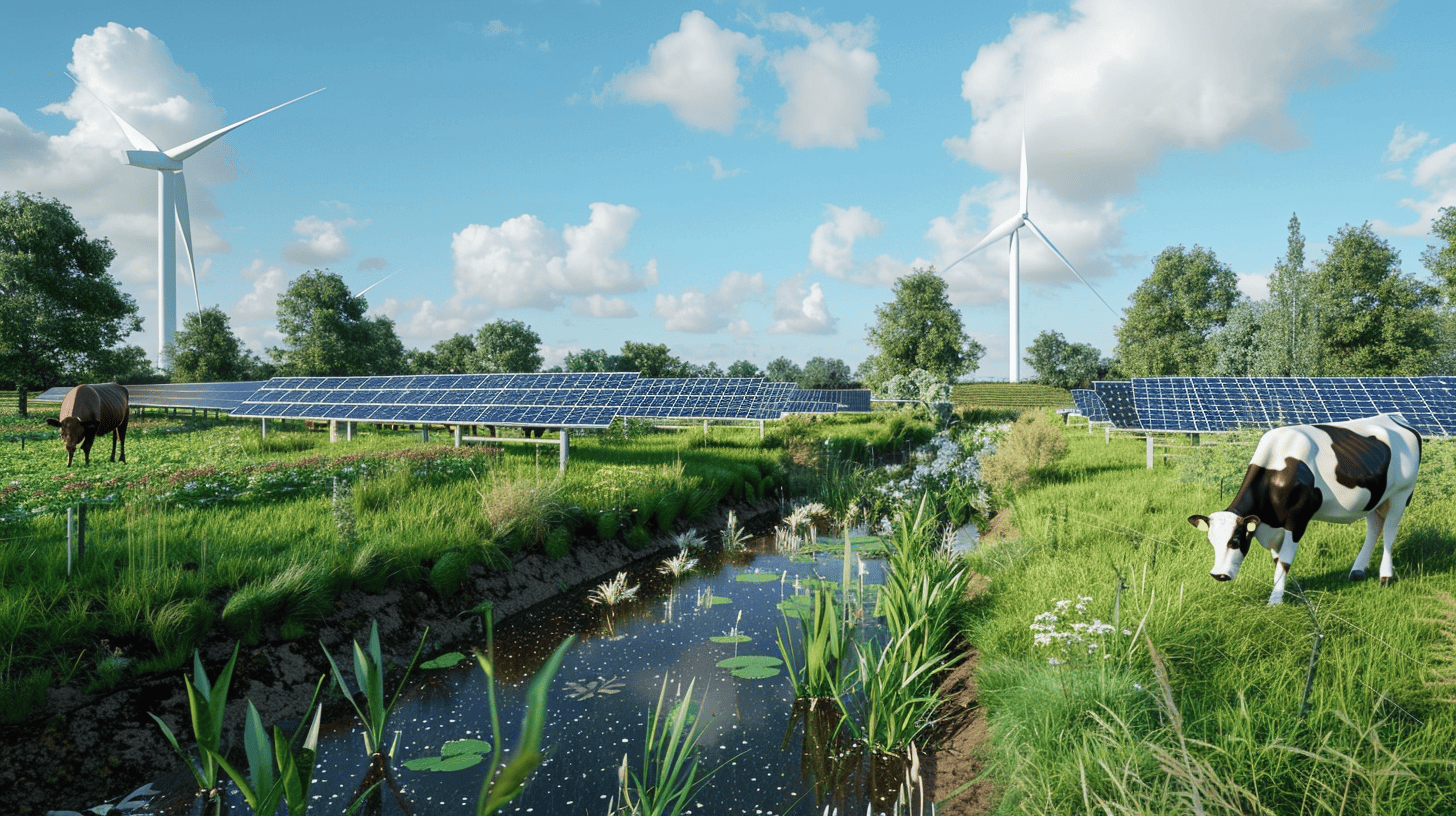
About Decarbonizing Europe
What does the Recovery and Resilience Facility entail?
The European Commission has made available an amount of 723.8 billion euros
to combat the consequences of the corona crisis and make Europe greener, cleaner, and future-proof. All member states have the opportunity to submit plans for disbursement from this Recovery and Resilience Facility.
Who is participating in the Recovery and Resilience Facility?
All the member states of the European Union. All member states? No, The Netherlands has not submitted plans as yet. Although, it became public knowledge at the end of January that hard work is going on behind the scenes in the Netherlands to secure some of those European billions.
What do the member states have to spend the money on?
At least 37 percent of the funding should be used for making their countries more sustainable and 20 percent for digitalization. In addition, there are also other key points:
– Smart, sustainable and inclusive growth
– Social and territorial cohesion
– Public health, economic, social, and institutional resilience
– Policy for future generations
What else is happening?
Apart from that, the EC has identified several so-called flagship areas:
– Power up
– Renovate
– Recharge and Refuel
– Connect
– Modernise
– Scale-up
– Reskill and upskill
What is Innovation Origins planning to do?
Over the next few months, we will be focusing on the implementation of these plans. We will be outlining what each country is doing to reduce CO₂ emissions, and we will be reporting on innovative projects. Infographics will allow you to compare the member states’ efforts with each other.
A crisis like the corona pandemic calls for decisive measures. The EU has freed up €723.8 billion in an effort to use the Recovery and Resilience Facility (RRF) to pull the European economy out of the recession caused by corona. In order to qualify for a share of this large bag of money, member states must submit a plan to the European Commission. In the series Decarbonizing Europe, we put those plans under a magnifying glass. This week: Cyprus.
If quantity matches quality, then Cyprus passes with flying colors. The Cypriot recovery plan, which is good for 1.2 billion euros, boasts no fewer than 592 pages. Add the four appendices and it almost feels as if you have a book by George R. R. Martin in your hands. In comparison, Malta has managed to get away with just 25 pages for its 300 billions in recovery funds.
So, the volume of it is up to scratch. According to Theododis Tsiolas, the plans are also sound in concrete terms. Tsiolas is head of the Growth directorate, part of the Ministry of Finance. The plan was drawn up at his offices in Nicosia. “For the most part, the budget is set up to accelerate the transition to a green economy,” he says. Nearly five hundred million euros is being invested in it.

This is no easy feat. Take transportation, for example. Car ownership in Cyprus is high. A tourist brochure circulating in Nicosia jokes about how you can recognize a Cypriot. “He’ll jump in his car to grab a Coke in a bar two hundred meters down the road from his home.” It’s going to be a while before all those (remarkably numerous diesel) cars start filling up from a different type of tank. In Cyprus, electric vehicles (EVs) can be counted on the fingers of one hand at the moment – and we mean that literally. Electric charging on public roads is practically impossible.
Testing ground for mobility
But all that is going to change within a very short time. At least, that’s what they promise at the directorate and that’s what is stated in the plan approved by Ecofin (Council of EU Finance Ministers) in July 2021. Six months ago, Brussels transferred the first tranche of over 150 million euros. Cyprus is spending its corona funds by providing subsidies to, among others, motorists who make the switch to an EV. Electric charging infrastructure will also be set up. In any event, ten fast-charging stations will be added to the public road network. Cyprus, which is about five times smaller than the Netherlands, has all the right dimensions to serve as a testing ground for fully electric mobility.
Energy efficient
In addition to electric mobility, Cyprus is going to invest corona funds into making its more than 430,000 homes, apartment buildings, offices and businesses energy efficient. Due to the long-standing lack of government policy to force the construction sector to build ‘economically’, many existing buildings fall into a low energy-efficiency class. This is not only harmful to the environment, but also to their pockets. Energy costs in Cyprus are among the highest in Europe, even though taxes and the VAT rate are relatively low.
This is primarily due to the fact that about ninety percent of electricity is generated from oil, in many cases still from fuel oil. This fossil fuel is shipped in by sea. The aim, however, is to put an end to the dependence on oil.
The key project is a liquefied gas terminal that is currently under construction. But its construction has been severely delayed. The project has also suffered financial losses. In spite of the fact that the European Union has put one hundred million into the project (pre-corona funds), the government has had to take out more loans. “It’s doubtful whether this project will deliver the promised dividends by the time it’s completed. Cyprus is stuck with gas for at least another decade to pay back those loans,” says Charles Ellinas. That doesn’t provide an incentive to make any additional investment in genuinely renewable resources. Ellinas is an expert in the oil and gas sector and a research fellow at the American Atlantic Council think tank.
NextGeneration EU
The corona crisis is one of the biggest challenges of our time. The European Union, through NextGenerationEU – the largest recovery plan ever at €806.9 billion – aims to help its member states emerge stronger from the crisis. The Recovery and Resilience Facility (RRF) is at the heart of this plan (€723.8 billion).
The RRF has two goals: first, to pull the European economy out of the recession caused by the corona pandemic. At the same time, it is designed to give an impetus to important investments for the future and measures for rolling out reforms.
All 27 member states have submitted plans. Whether all the money is actually disbursed depends on a final assessment of the projects. For example, countries must spend at least 37 percent of their budgets on climate action and 20 percent on digitalization.
Liquefied gas
The Cypriot RRF also makes provisions for reforms; as it happens, this is a prerequisite for the approval of all national plans. The energy sector will be thrown open before the end of this year. Right now, one provider has a monopoly. But Charles Ellinas isn’t very confident that this measure will have the desired effect, precisely on account of the (financial) obligation to buy liquefied gas. “Despite the abundance of solar energy that we have in Cyprus, this resource isn’t as well utilized as it is in other countries.” Ellinas points out that Cyprus is second from the bottom of the EU rankings in terms of the use of renewable sources in the energy mix (source: Eurostat, 2020 figures, ed.).

However, Charalambos Rousos, director of the ‘Energy’ directorate at the Ministry of Energy, Trade and Industry says Cyprus is fully committed to solar energy. “We have been building solar parks for a few years now and are expecting to have a capacity of 700 megawatts by mid-2023. That accounts for sixty percent of our electricity needs.” Solar panels on rooftops, incidentally, have long been commonplace on the island, but only serve to heat water. Despite the abundance of sun, Rousos explains, Cyprus will never be filled with solar panels. There are too many fluctuations in supply and demand for that, and there is the matter of energy storage. Rousos says Cyprus is discontinuing new investment in onshore wind power because it isn’t efficient enough. There is simply not enough wind.
Undersea power cable
Cyprus isn’t in an easy situation: when it comes to energy, the island has to rely on its own resources. It’s the only European country that is not connected to the European grid. The closest EU country is Greece, which is almost a thousand kilometers away. The so-called EuroAsia Interconnector should put an end to this isolation. The world’s longest undersea electricity cable will connect the Greek and Cypriot electricity grids. This will enable Cyprus to import electricity (including green electricity )in the future and to feed solar energy into the grid. Israel will also be connected to the grid at a later stage.
Not Fit for 55
All in all, it will not be easy for Cyprus to meet the European targets, which include the drastic reduction of carbon emissions and accelerated generation of renewable energy. In any event, it will be difficult to meet the ‘Fit for 55’ targets, the European Union’s upgraded plan to cut down on greenhouse gas emissions by 55 percent by 2030. Although those plans are not yet definite, Rousos of the Energy directorate sees things in a bleak light. “In previous European directives, we were granted exemptions because of the special nature of our energy market. In the new plans, these exemptions have been revoked. If these plans become binding, then we will have to make investments that we cannot afford. We don’t have the economic clout for that.”
Support us!
Innovation Origins is an independent news platform that has an unconventional revenue model. We are sponsored by companies that support our mission: to spread the story of innovation. Read more.
At Innovation Origins, you can always read our articles for free. We want to keep it that way. Have you enjoyed our articles so much that you want support our mission? Then use the button below:








